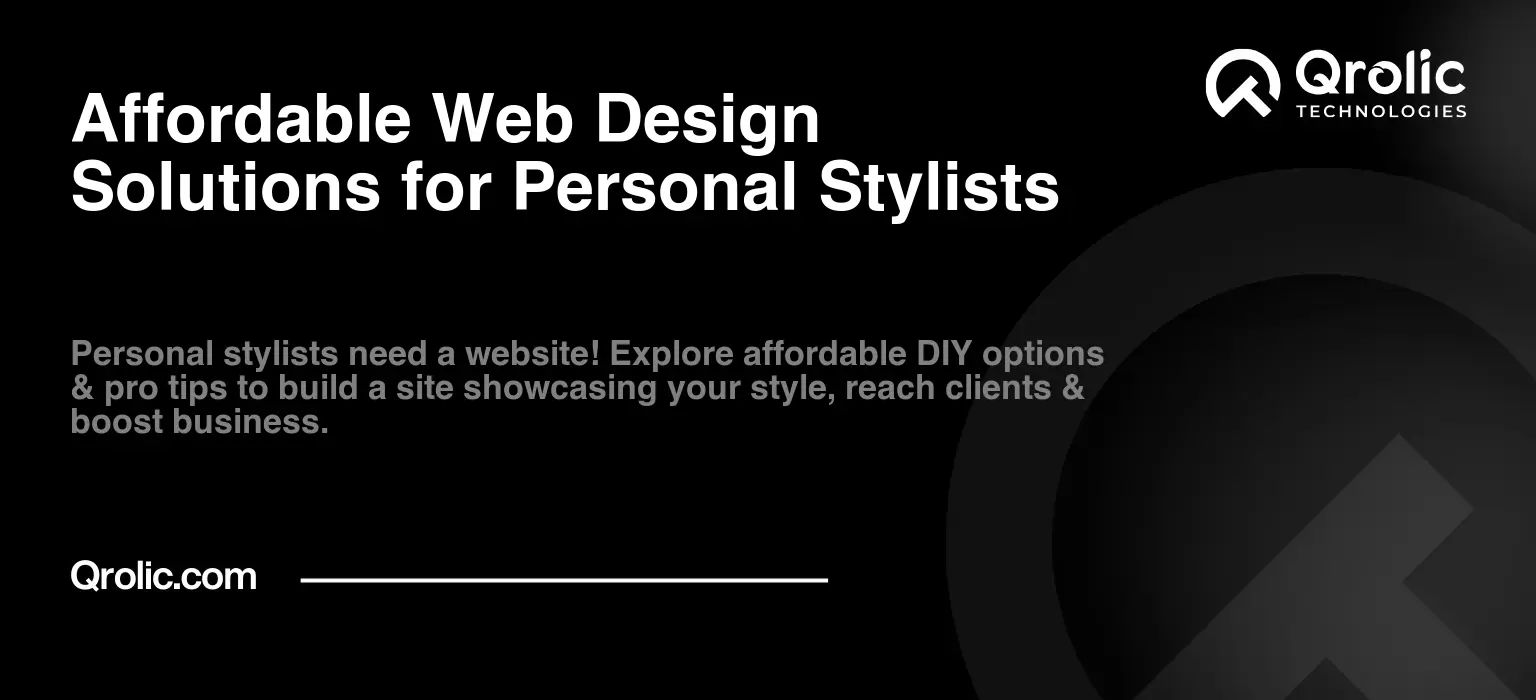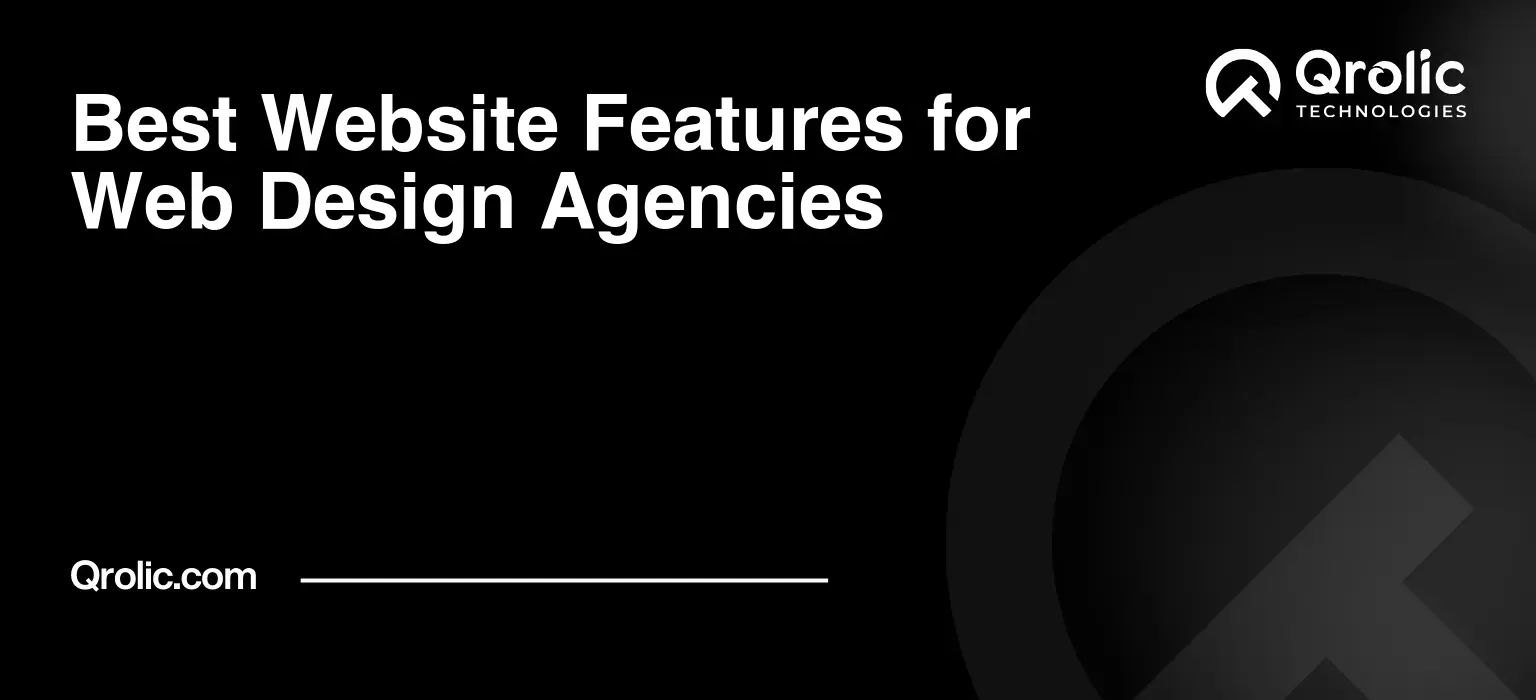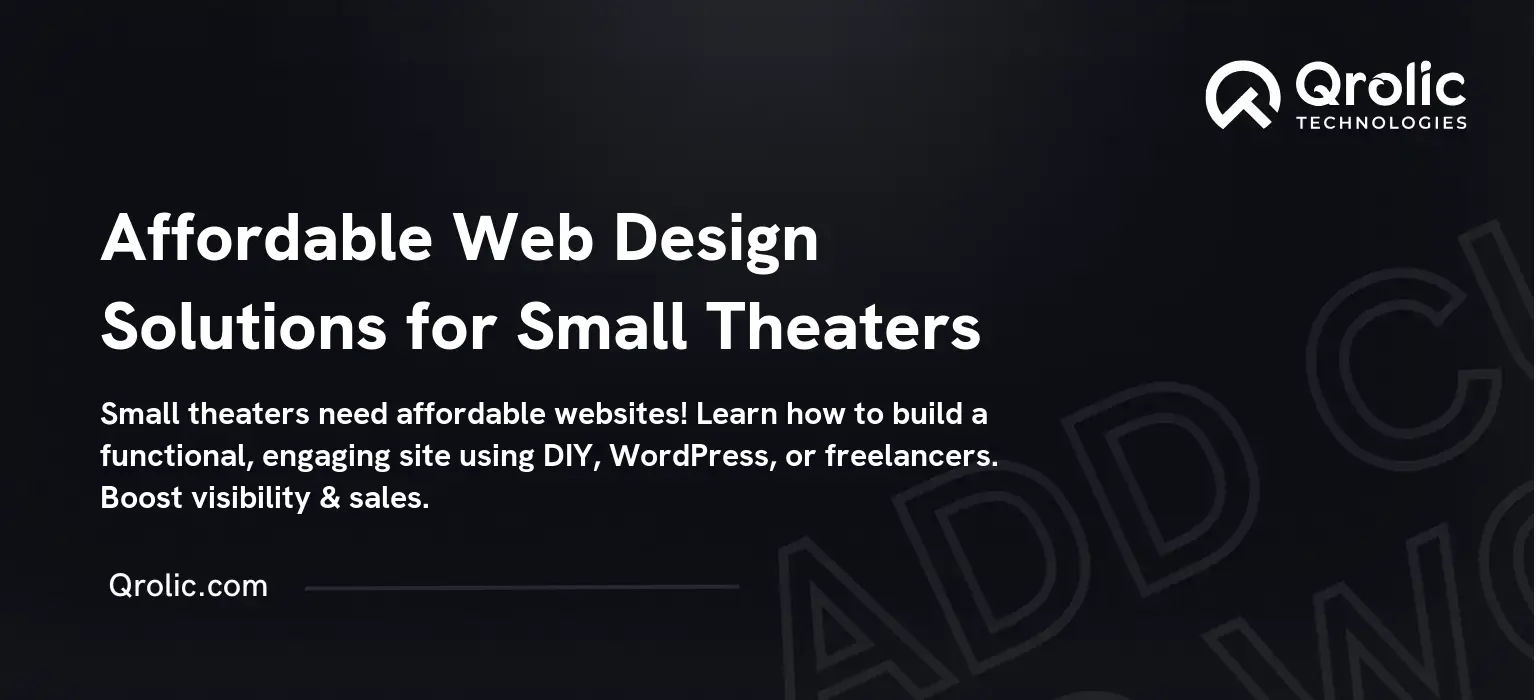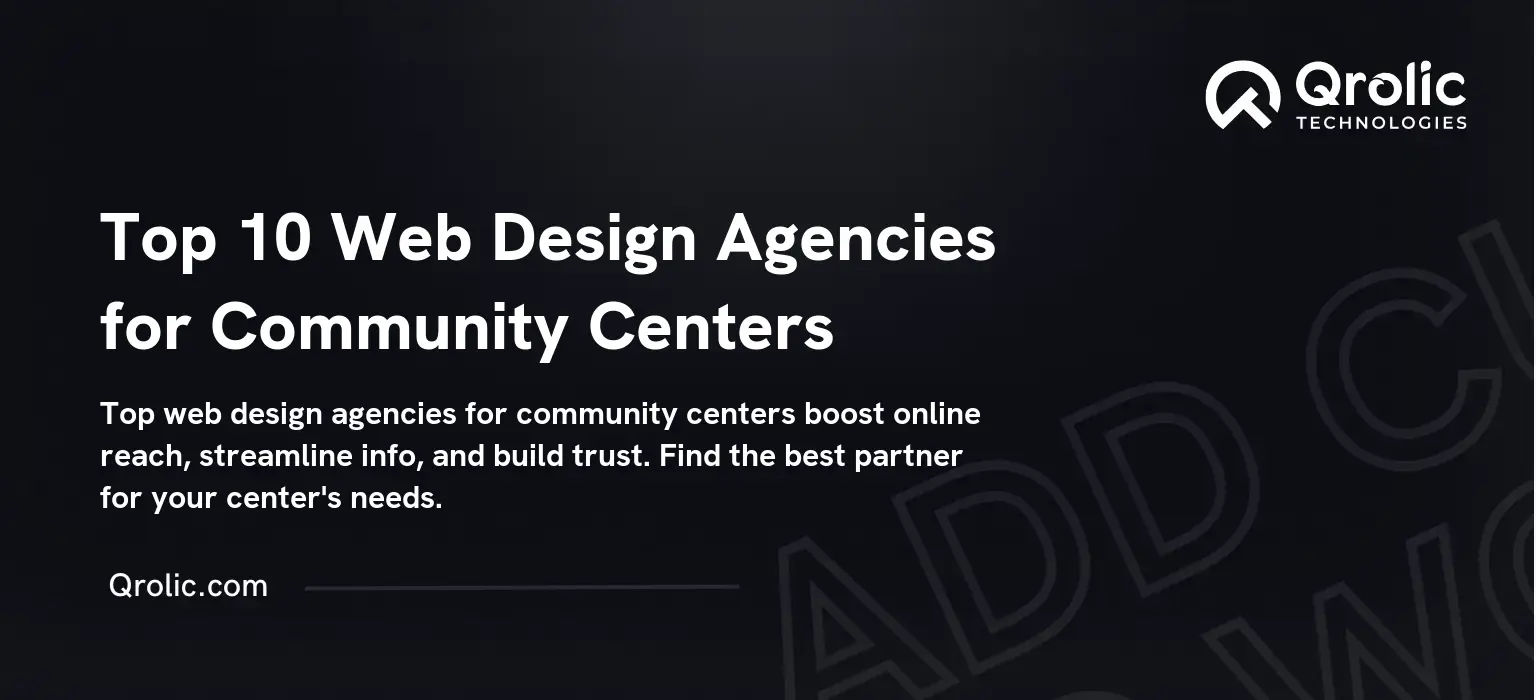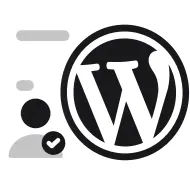Quick Summary:
- A website is essential for stylists to grow their business.
- Showcase your work with visuals, clear services, and testimonials.
- Choose from DIY builders, WordPress, or hire a designer.
- Always optimize your website for mobile and search engines.
Table of Contents
- The Essential Online Presence for Personal Stylists: Why You Need a Website
- Why a Website is Non-Negotiable for Personal Stylists
- The Cost of Inaction: Why You Cannot Afford to be Without a Website
- Understanding Your Web Design Needs as a Personal Stylist
- Core Elements of a Personal Stylist’s Website
- Key Priorities for Personal Stylist Websites
- Affordable Web Design Options for Personal Stylists
- DIY Website Builders: Empowering Personal Stylists to Create Their Own Online Space
- WordPress.org: Unlocking Design Flexibility and Customization for Personal Stylists
- Engaging a Freelance Web Designer: A Tailored Approach for Personal Stylists
- Step-by-Step Guide to Building Your Personal Stylist Website
- Step 1: Define Your Brand and Target Audience
- Step 2: Choose Your Web Design Platform
- Step 3: Select a Template or Theme
- Step 4: Design Your Website Layout
- Step 5: Optimize Your Website for SEO
- Step 6: Add Compelling Content
- Step 7: Test and Launch Your Website
- Step 8: Promote and Maintain Your Website
- Qrolic Technologies: Your Partner in Digital Success
- Why Choose Qrolic Technologies?
- How Qrolic Technologies Can Help Personal Stylists
- Conclusion: Investing in Your Future
The Essential Online Presence for Personal Stylists: Why You Need a Website
In today’s digitally driven world, a robust online presence is non-negotiable, especially for personal stylists, wardrobe consultants, and fashion advisors. Gone are the days when word-of-mouth referrals alone could sustain a thriving business. A well-designed website isn’t just a nice-to-have; it’s the cornerstone of your brand, the digital storefront where potential clients form their first impressions of your skills and services. This section will delve into why a website is crucial for personal stylists, addressing the fundamental why behind this digital investment.
Why a Website is Non-Negotiable for Personal Stylists
-
Showcase Your Expertise and Style: Your website is your virtual portfolio. It’s where you can visually display your styling prowess through high-quality images of your work, showcasing the transformations you’ve facilitated and the unique aesthetic you bring to the table. Think of it as a dynamic, always-on fashion show featuring your best projects. This visual representation allows potential clients to immediately grasp your style and decide if it resonates with their needs and preferences.
-
Build Credibility and Trust: A professional website lends instant credibility to your brand. It demonstrates your seriousness about your business and showcases your commitment to delivering quality services. Think of a website as a digital handshake—it’s a critical step in building trust with potential clients. A well-structured site with clear contact information, client testimonials, and a professional design signifies that you are a legitimate, trustworthy expert in your field.
-
Reach a Wider Audience: Your physical reach is limited to your immediate geographic area. A website, however, opens doors to a global audience, allowing you to connect with clients beyond your local neighborhood. Through effective SEO practices, you can attract visitors from all corners of the world who are searching for someone with your expertise, thereby expanding your client base exponentially. A website also works tirelessly, 24/7, tirelessly promoting your services even when you’re not working.
-
Establish Your Brand Identity: Your website is a direct extension of your personal brand. It’s where you can communicate your brand’s personality, values, and the unique selling points that set you apart from other stylists. From the color palette to the font choices and the overall design elements, your website should reflect your brand’s essence, creating a cohesive and memorable experience for visitors.
-
Generate Leads and Convert Clients: A website, equipped with strategically placed call-to-action buttons and lead capture forms, becomes a lead-generating powerhouse. You can encourage visitors to schedule consultations, sign up for newsletters, or download valuable resources, thereby actively turning website traffic into potential clients. A well-optimized website provides you with the opportunity to guide visitors along a sales funnel, increasing the likelihood of conversion.
-
Provide Essential Information and Resources: Your website serves as a central hub for all vital information about your services, including pricing, service details, contact information, and FAQs. By providing all necessary information upfront, you’re answering common questions and concerns, making it easier for potential clients to make informed decisions. Your website should reduce friction in the customer journey by providing all the essential details they may need, streamlining the booking process.
-
Stay Competitive in a Digital Marketplace: In the competitive world of personal styling, having a website isn’t just advantageous; it’s essential. Clients are increasingly turning to the internet to discover and vet potential stylists. Not having an online presence puts you at a significant disadvantage, allowing your competition to capture leads that could have been yours. Investing in a well-crafted website ensures you remain competitive and relevant in the marketplace.
The Cost of Inaction: Why You Cannot Afford to be Without a Website
The cost of not having a website far outweighs the initial investment. Without an online presence, you’re missing out on countless opportunities to:
- Attract new clients: You’re limiting yourself to word-of-mouth and local networking, severely restricting your potential growth.
- Build brand awareness: You’re failing to establish your authority and expertise in the market.
- Streamline your booking process: You’re wasting valuable time manually handling inquiries and scheduling appointments.
- Compete effectively: You’re handing potential clients over to your digitally savvy competitors.
In conclusion, a website is not just an optional extra, but an essential tool for the success of your personal styling business. It’s your digital resume, sales platform, and brand ambassador, working tirelessly to grow your business.
Understanding Your Web Design Needs as a Personal Stylist
Before diving into web design solutions, it’s imperative to first understand the specific needs and priorities of a personal stylist. This will ensure that the chosen web design approach effectively serves your business goals and enhances your brand presence. This section will explore the key considerations that make a website tailored for personal stylists unique.
Core Elements of a Personal Stylist’s Website
-
Visually Driven Design: Given the nature of your work, visuals are paramount. Your website must showcase high-quality, professional images of your styling work, including:
- Before-and-After Transformations: To demonstrate the impact of your services.
- Styled Outfits: To exhibit your styling capabilities and aesthetic sensibility.
- Wardrobe Organization and Capsule Collection Ideas: To display your depth of knowledge.
- Behind-the-Scenes Photoshoots: To add a personal touch and engage visitors.
These images should be of high-resolution, well-lit, and aesthetically pleasing to capture and hold the viewer’s attention.
-
Portfolio Showcase: A dedicated portfolio section is indispensable. It should be well-organized, easily navigable, and include clear descriptions of each styling project, including details of the client’s initial needs and desired outcome, and the transformation achieved. Consider categorizing your portfolio by client type, style, or service offered for easy viewing.
-
Service Details and Packages: Clearly outline all the services you offer, detailing what each package includes. Be transparent about your pricing and any additional services you may offer. Using clear language and structure will help potential clients understand your offerings and choose the service that best aligns with their needs. Consider adding a separate FAQs section to answer common questions.
-
Client Testimonials and Reviews: Social proof is crucial for establishing credibility. Displaying positive testimonials and reviews from satisfied clients can significantly influence a potential client’s decision-making process. Include photos of your clients where possible to add a personal and relatable touch.
-
Contact Information and Booking System: Make it incredibly easy for potential clients to reach you. Provide multiple contact options, including your phone number, email address, and a contact form. Implementing an online booking system will enable clients to schedule consultations and appointments directly through your website, saving you time and streamlining the process.
-
About Me Section: Your "About Me" page offers a unique opportunity to connect with your audience on a personal level. Share your journey, your passions, and what makes you an exceptional stylist. Injecting personality into this section will foster deeper engagement and build a genuine connection with potential clients.
-
Blog or Resource Section: A blog section allows you to share your expertise and provide valuable content to your audience. You can share styling tips, trend reports, and advice on wardrobe management. This not only establishes you as an industry leader but also boosts your website’s SEO, attracting more organic traffic.
Key Priorities for Personal Stylist Websites
-
User Experience (UX): Your website should be easy to navigate, with a clear structure and intuitive design. Users should be able to find the information they need quickly and effortlessly. A seamless user experience is essential to convert visitors into clients.
-
Mobile Responsiveness: A significant portion of web traffic comes from mobile devices. Your website must be fully responsive and function flawlessly on all devices, including smartphones and tablets. This ensures that no matter where your potential clients are viewing your website from, they have a great experience.
-
Speed and Performance: A slow-loading website can frustrate users, causing them to leave your site before even viewing your content. Optimize your website for speed by compressing images, using a content delivery network (CDN), and choosing a reputable hosting provider.
-
Search Engine Optimization (SEO): Implement best SEO practices to ensure your website ranks high in search engine results pages (SERPs) for relevant keywords, such as “personal stylist,” “wardrobe consultant,” or “fashion advisor”. This will help attract organic traffic to your website.
-
Professional Design Aesthetic: Your website’s design should align with your personal brand and target audience. Use a cohesive color palette, professional fonts, and design elements that exude sophistication and style. The design should reflect the expertise and quality of your services.
Understanding these core elements and priorities will enable you to create a website that not only showcases your skills but also drives business growth.
Affordable Web Design Options for Personal Stylists
Investing in a website doesn’t have to break the bank. There are numerous affordable web design options available for personal stylists, each offering different features, levels of control, and cost implications. This section will explore several viable options, helping you find the best fit for your needs and budget.
DIY Website Builders: Empowering Personal Stylists to Create Their Own Online Space
DIY website builders have democratized web design, allowing anyone, regardless of their technical expertise, to create a professional-looking website. They offer user-friendly interfaces with drag-and-drop functionality, pre-designed templates, and a variety of customization options. Here are some popular DIY platforms that are ideal for personal stylists:
-
Wix: Wix is known for its intuitive interface and extensive library of visually appealing templates, making it a perfect option for personal stylists looking to create a visually rich portfolio website.
- Pros: Drag-and-drop interface, wide variety of customizable templates, integrated app market for added functionalities (e.g., booking systems, email marketing), and SEO tools.
- Cons: Limited design flexibility, less control over the backend, and can become expensive with added functionalities.
-
Squarespace: Squarespace is renowned for its sleek, modern designs and high-quality templates, making it a top choice for creating an elegant online presence.
- Pros: Beautiful pre-designed templates, intuitive user interface, excellent built-in blogging platform, good customer support, and strong e-commerce capabilities if you plan to sell products in future.
- Cons: Less customization flexibility compared to WordPress, can be slightly more expensive than other builders, limited third-party app integrations.
-
Weebly: Weebly offers a balance of user-friendliness and affordability, making it a solid choice for stylists who are just starting out.
- Pros: Easy to use, intuitive drag-and-drop builder, free plan option (with limitations), good for beginners, and robust e-commerce tools.
- Cons: Limited customization options, Fewer design options than Wix or Squarespace, and the free version has Weebly branding.
WordPress.org: Unlocking Design Flexibility and Customization for Personal Stylists
WordPress.org is a powerful, open-source content management system (CMS) that offers unparalleled flexibility and customization options. While it requires a slightly steeper learning curve than DIY builders, the benefits it offers make it a highly rewarding option.
-
Self-Hosted vs. WordPress.com: It’s crucial to understand the difference between WordPress.org (self-hosted) and WordPress.com (hosted service). WordPress.org gives you complete control over your website, while WordPress.com is a simpler, hosted solution with limited flexibility.
-
Choosing a Theme: Thousands of free and premium themes specifically designed for personal stylists are available, offering diverse styles and functionalities. Look for a theme that is visually appealing, responsive, and SEO-friendly.
-
Plugins for Added Functionality: WordPress Plugins offer vast customization options for your website and are the best part of wordpress. For example, you could add plugins for:
- Contact forms: To easily receive inquiries.
- SEO optimization: To improve your search engine rankings.
- E-commerce tools: To sell merchandise or style guides.
- Booking systems: To schedule appointments seamlessly.
- Social media integration: To amplify your reach.
-
Benefits of WordPress.org:
- Complete Control: You have total control over your website, including design, functionality, and hosting.
- Scalability: WordPress is designed to grow with your business, handling increased traffic and complex requirements.
- SEO-Friendly: WordPress is highly optimized for search engines, making it easier to rank high in search results.
- Vast Customization: Access to thousands of themes and plugins gives you unparalleled customization options.
- Community Support: A large and active community provides assistance and support.
-
Considerations:
- Technical Knowledge: Requires some technical proficiency or hiring a developer for complex customizations.
- Hosting and Maintenance: You are responsible for finding a reliable hosting provider and maintaining your website.
Engaging a Freelance Web Designer: A Tailored Approach for Personal Stylists
Hiring a freelance web designer can be a viable option if you want a professionally designed website without the technical overhead of doing it yourself. This approach offers a personalized service tailored to your unique needs and brand.
-
Finding a Reputable Designer: Use platforms like Upwork, Fiverr, or Behance to find freelance web designers specializing in creating websites for personal stylists. Be sure to check portfolios and read client reviews.
-
Cost Considerations: Freelance web designers’ rates vary based on experience, complexity of the project, and the time required. Establish a clear budget and discuss project details to ensure there are no surprises.
-
Benefits of Hiring a Freelancer:
- Custom Design: A designer can create a unique and tailored website that perfectly reflects your brand and style.
- Technical Expertise: Designers have the knowledge and skills to develop a well-optimized website.
- Time Savings: You can focus on your business while the designer handles the website development.
-
Things to Discuss with a Freelancer:
- Portfolio Review: Review their previous work and ensure their design aesthetic aligns with yours.
- Project Scope: Define the scope of the project clearly, including the number of pages, features, and functionalities.
- Communication Plan: Establish a clear communication plan and ensure they are responsive to your needs.
- Timeline and Budget: Confirm the project timeline and budget to avoid any delays or surprises.
Each of these options caters to different needs and budgets. Carefully evaluate which approach aligns best with your technical skills, budget, and the level of control you need over your website.
Step-by-Step Guide to Building Your Personal Stylist Website
Now that you understand the available options and their respective pros and cons, let’s delve into a practical step-by-step guide to building your personal stylist website. This section outlines the key actions you’ll need to take, irrespective of which web design option you choose.
Step 1: Define Your Brand and Target Audience
Before you even touch a template or write a line of code, you need to be crystal clear about your brand and the clients you want to attract.
- Identify Your Brand Values: What are the core values that define your brand? Are you all about sustainability, luxury, practicality, or something else?
- Define Your Brand Voice: How do you want to communicate with your audience? Do you want to be formal, friendly, playful, or sophisticated?
- Understand Your Ideal Client: Who is your target audience? What are their needs, preferences, and style aspirations?
- Competitor Analysis: Examine what your competitors are doing well and where you can differentiate yourself.
Step 2: Choose Your Web Design Platform
Based on your brand, technical skills, budget, and preferred level of control, select the best option from the platforms discussed earlier (DIY builders, WordPress, or freelance designer).
- Assess Your Technical Skills: Be realistic about your technical capabilities. Choose an option that doesn’t overwhelm you.
- Budget Allocation: Define your budget for website development. Consider not just the initial cost, but also ongoing maintenance fees.
- Scalability Needs: Choose a platform that can grow with your business and accommodate future functionalities.
Step 3: Select a Template or Theme
Regardless of whether you choose a DIY builder or WordPress, selecting an appropriate template or theme is crucial to kick off your design.
- Visual Appeal: Choose a template that resonates with your personal style and brand aesthetic.
- Responsiveness: Ensure the template is fully responsive and looks great on all devices.
- Customization Options: Choose a template that allows easy customization to reflect your brand’s uniqueness.
- Features: Make sure the chosen template includes essential features such as gallery, contact, blogs, and booking section.
Step 4: Design Your Website Layout
Your website layout should be intuitive and easy to navigate. Here are some key pages to include:
- Homepage: Create an engaging introduction to your services with a clear call-to-action. Include a brief description of who you are and what you do.
- Portfolio: Showcase your best styling work with high-quality images and detailed descriptions. Organize this into sections for easy navigation.
- Services: Clearly outline the services you offer, along with pricing and packages. Use simple and clear descriptions for each service.
- About Me: Share your personal journey, passion for styling, and your brand’s unique value proposition.
- Testimonials: Display positive reviews and testimonials from satisfied clients. Include high-quality images of your clients if possible.
- Contact: Make it easy for potential clients to reach you via phone, email, or a contact form.
- Blog: Share your tips and trends and position yourself as an expert.
Step 5: Optimize Your Website for SEO
Search engine optimization is critical to attract organic traffic to your website.
- Keyword Research: Identify relevant keywords, such as “personal stylist,” “wardrobe consultant,” or “fashion advisor.”
- On-Page Optimization: Use keywords strategically in your page titles, headings, descriptions, and content.
- Image Optimization: Compress images and use descriptive alt text for improved accessibility and search visibility.
- Mobile Optimization: Ensure that the website is fully responsive for different mobile devices and screen sizes.
- Speed Optimization: Optimize website for speed by compressing images and using a CDN.
Step 6: Add Compelling Content
Content is king. It should not only be informative but also engaging and well-written.
- Clear and Concise Language: Use simple, clear, and compelling language to describe your services and communicate with your audience.
- Engaging Storytelling: Share client transformation stories to connect with your audience on an emotional level.
- High-Quality Images: Use professional, high-quality images to showcase your work and styling skills.
- Call-to-Actions: Place call-to-action buttons throughout your website, encouraging visitors to take the next step, such as scheduling a consultation or contacting you for more information.
Step 7: Test and Launch Your Website
Before officially launching your website, ensure that all elements are functioning correctly.
- Cross-Browser Compatibility: Check your website’s functionality and appearance on different browsers (Chrome, Safari, Firefox)
- Mobile Responsiveness Testing: Check how well the website works on multiple mobile devices.
- Link Verification: Ensure that all links are working correctly and directing users to the correct pages.
- Speed Check: Confirm your website loads quickly and efficiently.
- Get Feedback: Ask friends or colleagues to test the website and provide feedback before official launch.
Step 8: Promote and Maintain Your Website
Your website requires constant monitoring and maintenance to ensure optimal performance and keep it up-to-date.
- Regular Updates: Keep your website’s content, plugins, and software up-to-date.
- Analytics Monitoring: Track key metrics like website traffic, bounce rate, and conversion rates to optimize your website.
- Social Media Promotion: Promote your website through your social media platforms, linking back to key pages.
- Email Marketing: Gather email leads to directly connect with your audience and promote your services.
- Content Marketing: Publish regular blog posts and content to boost your website’s visibility and attract potential clients.
By following these steps, you can build a professional and effective website that drives your personal styling business.
Qrolic Technologies: Your Partner in Digital Success
While there are many web design options available, sometimes you need a professional touch to bring your vision to life. This is where Qrolic Technologies (https://qrolic.com/) comes in. We are a team of passionate and experienced web developers dedicated to helping businesses like yours succeed in the digital landscape.
Why Choose Qrolic Technologies?
-
Expertise in Custom Web Design: At Qrolic Technologies, we don’t believe in one-size-fits-all solutions. We understand that every personal stylist has unique needs and brand identities. We create custom websites that reflect your individual style and business goals.
-
Focus on User Experience (UX): We design websites with your target audience in mind, ensuring a seamless and intuitive user experience. We want your visitors to not only admire your website but also find it easy to use and navigate.
-
SEO Optimization: We build websites with search engine optimization in mind, ensuring that you rank high in search results and attract organic traffic. We implement the best SEO practices to make sure that your website is found by your ideal clients.
-
Mobile-First Approach: We prioritize mobile responsiveness, ensuring that your website looks great and functions flawlessly on all devices. In today’s mobile-driven world, having a mobile-optimized website is essential.
-
Ongoing Support and Maintenance: We offer continuous maintenance and support to ensure that your website stays up-to-date, secure, and running optimally. We are here for you even after your website is launched, ensuring that your online presence continues to grow.
-
Tailored Solutions for Personal Stylists: We understand the specific needs and priorities of personal stylists, wardrobe consultants, and fashion advisors. We create visually stunning portfolio websites that showcase your expertise and drive business growth.
-
A Passion for Quality: We are committed to providing high quality web design solutions that meet and exceed your expectations. We have a team of expert and passionate developers that are dedicated to your success.
How Qrolic Technologies Can Help Personal Stylists
- Website Design: We create custom websites that align perfectly with your brand, style, and business objectives.
- Portfolio Development: We build compelling online portfolios that showcase your talent and expertise.
- E-commerce Integration: If you sell products or style guides, we can seamlessly integrate e-commerce functionality into your website.
- Booking System Implementation: We create streamlined booking systems that allow clients to easily schedule appointments.
- Content Management: We develop easy-to-use CMS, so you can easily manage and update your website’s content.
- SEO Services: We provide ongoing SEO services to help you attract organic traffic and boost your online visibility.
Qrolic Technologies is dedicated to building digital experiences that drive your business forward. Let us partner with you to bring your vision to life.
Conclusion: Investing in Your Future
A professional website is no longer optional; it’s essential for success as a personal stylist. Whether you decide to build it yourself using a DIY platform, leverage the power of WordPress, or hire a professional design team like Qrolic Technologies, the key is to ensure your website effectively showcases your skills, expertise, and brand identity.
By understanding your specific needs, prioritizing the user experience, and optimizing your website for search engines, you can establish a powerful online presence that attracts new clients, builds brand credibility, and drives business growth. Remember, your website is your digital storefront – make it a place that reflects your unique style and leaves a lasting positive impression on every visitor. Don’t underestimate the power of your online presence – it’s an investment that will pay off for years to come.
